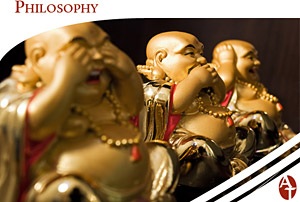Physiological changes associated with de qi during electroacupuncture
Kristen Sparrow • April 12, 2013


This study looks at “de qi,” the classic needling sensation sought in traditional chinese medicine. In this study, stimulation at 11IG and 4IG lead to an increase in LF/HF ratio or a decrease in HRV, and increase in stress levels. This is interesting since LI11 stimulation is part of the protocol for high blood pressure, so it is as odds with that. It could be the the stimulation increases stress acutely, but then it decreases after that.
Acupunct Med. 2013 Mar 30.
Physiological changes associated with de qi during electroacupuncture to LI4 and LI11: a randomised, placebo-controlled trial.
Yu DT, Jones AY.Physiotherapy Department, Queen Elizabeth Hospital, , Hong Kong, China.
Abstract
BACKGROUND:
Studies on the relationship between de qi intensity and activity changes in the autonomic nervous system (ANS) are scarce. This study investigates the physiological responses associated with de qi. The relationship between de qi intensity and such responses was determined.
METHOD:
This was a single-blinded, randomised, placebo-controlled trial. A total of 36 subjects (19 men, 17 women), aged 34.5±4.6 years, were randomly assigned to group 1 (electroacupuncture at 2 Hz, 0.4 ms to right LI4 and LI11 for 30 min), group 2 (electroacupuncture stimulation to bilateral patellae) or group 3 (sham electroacupuncture to right LI4 and LI11 but over Duoderm pads). Heart rate (HR), mean arterial blood pressure (MAP) and HR variability by low/high frequency (LF/HF) were recorded 5 min before, during and 5 min after the intervention. Needle sensations were quantified by the Modified Massachusetts General Hospital Acupuncture Sensation Scale – Chinese version (C-MMASS) and the C-MMASS index was computed.
RESULTS:
A significant increase in LF/HF, MAP and HR was observed in group 1. A small and significant increase in LF/HF was observed in group 2 but the changes in MAP and HR in groups 2 and 3 were not significant. The C-MMASS index was highest in group 1 (5.3±1.3), moderate in group 2 (3.5±0.7) and lowest in group 3 (0.77±0.2). A positive correlation between de qi intensity and changes in LF/HF, MAP and HR was observed.
CONCLUSIONS:
This study suggests that de qi is associated with physiological changes, and that de qi intensity increases with an increase in sympathetic discharge of the ANS.

